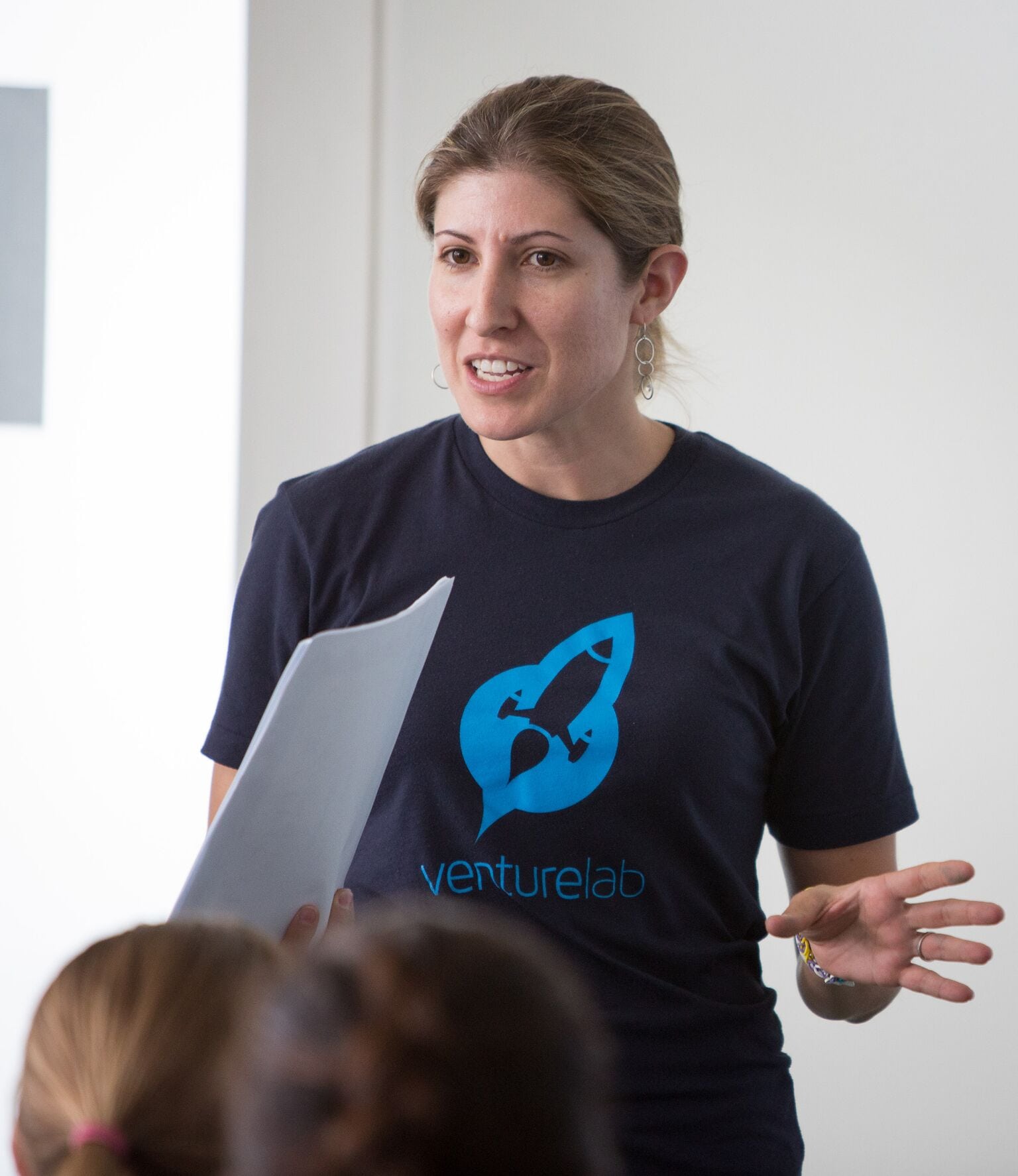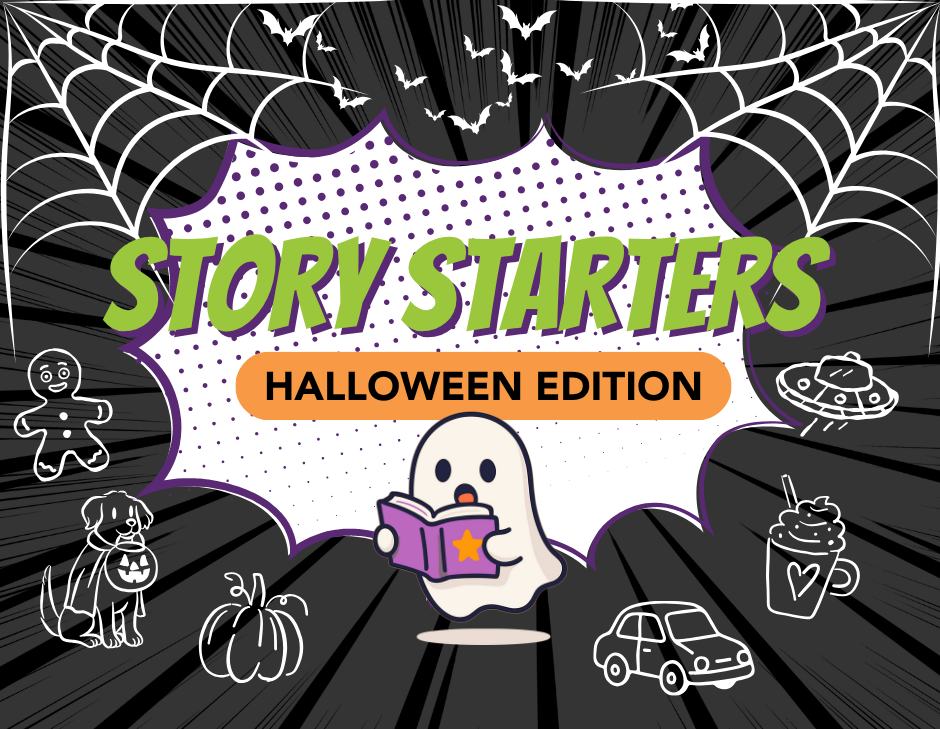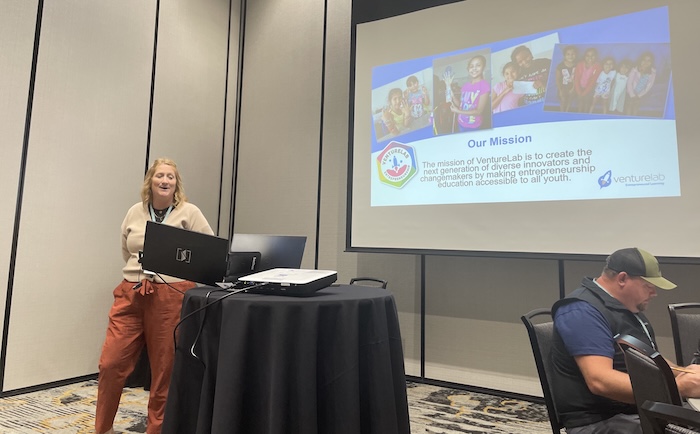
Culitivating a Curiosity Cycle in Children
Dr. Cristal Glangchai |
December 26, 2017

Jonathan Mugan is a robot guy, a computer scientist who devotes time to studying how children learn. By understanding the minds of children, especially preschoolers, its possible for humans to create robots that can learn in similar ways.
Mugan dissects how children learn by building mental models—for example, learning that by putting red paint on a drawing of a sun makes the sun red. Does the red paint make other objects red? Yes. You can make walls red too. Is this a good idea? No—but it is a teachable moment. Models remind us that there truly is a first time for everything.
Mugan calls this iterative process “the curiosity cycle.” Children absorb concepts from their environment, such as red paint or door knobs, and they use these concepts to build models to see how well they predict what will happen around them. Children then test their models to learn new models and refine their knowledge, leading to the next round of the curiosity cycle. Having discovered that door knobs opens doors, a girl might then try to open a door and find it doesn’t move—leading to a new model, the locked door.
“Using models to predict the environment is crucial to the curiosity cycle because testing improves models,” Mugan says. “The mindset of seeing the world through prediction has the benefit of allowing your child to view knowledge as tentative. Knowing you might be wrong is the first step toward undoing an assumption and finding the right solution to a problem. Children must always be aware that some of what they know could be wrong—and probably is. They learn that even an incorrect model is better than no model.”
The result of the curiosity cycle is that the more your child knows, the more curious she becomes. This type of learning means that your child doesn’t just know facts automatically, she has models for why some things are true but understands that she might learn something new.
As a computer scientist, Mugan believes that deep learning begins with curiosity. Curious children develop and test mental models to learn what works and what does not. Testing, failure and retesting are built into this curiosity cycle and it’s vital that we use this model in our teachable moments.
From lessons on Creativity and Idea Generation (yes, that’s a skill!) to Design Thinking and Prototyping, it’s never too late to incorporate curiosity into education. Browse our lessons, use them to run a fun activity in the classroom or after school, and let us know what you find!
Want entrepreneurship resources and activities emailed to you each month? Join our monthly resource newsletter!



